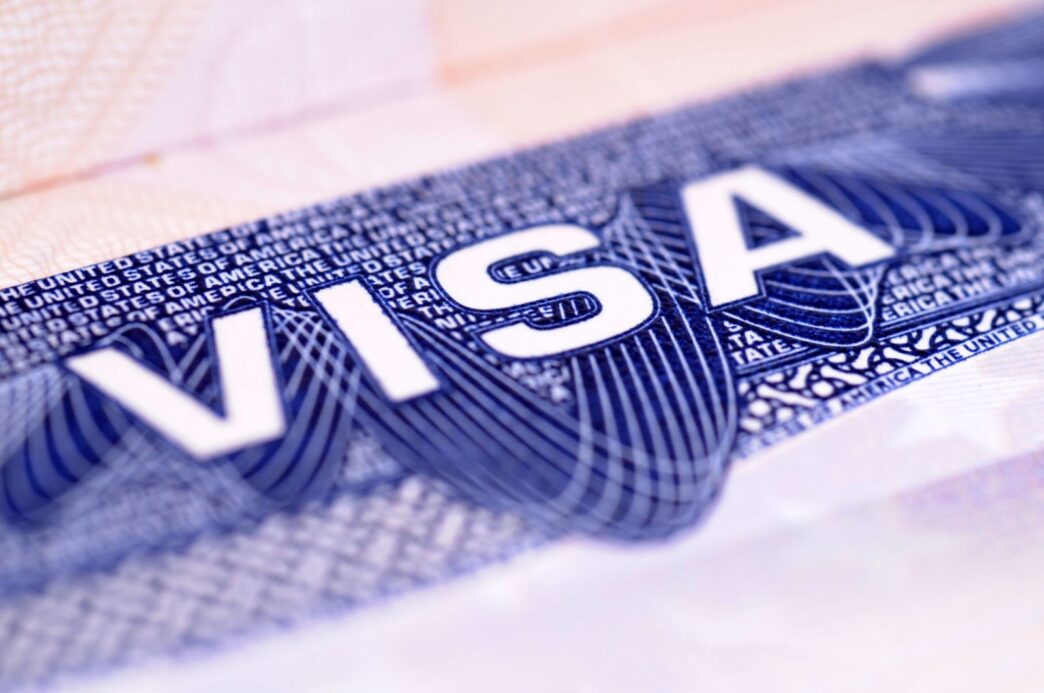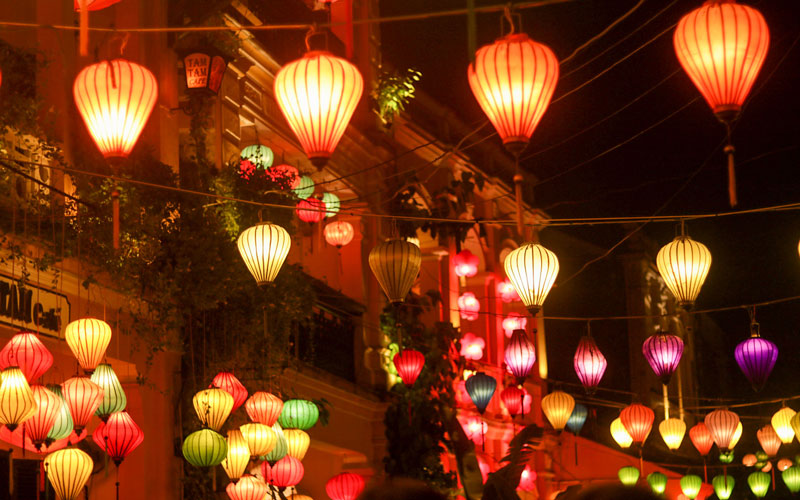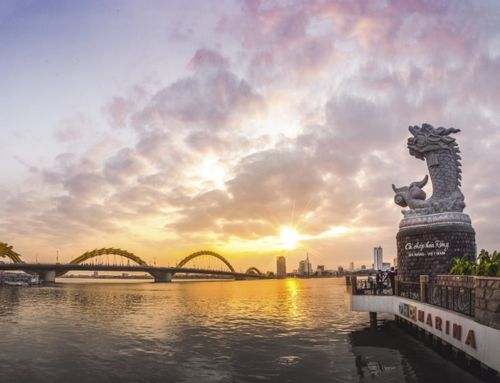When planning a trip to this enchanting land, understanding the best times to visit Vietnam is essential. With its diverse landscapes and rich cultural heritage, Vietnam offers unique experiences throughout the year. Vietnam is also an ideal destination for a memorable honeymoon in Vietnam. However, certain seasons may enhance your travel experience, whether you seek sun-soaked beaches, vibrant festivals, or breathtaking treks through lush highlands. In this guide, we’ll explore the highlights of each season and help you tailor your adventure according to what Vietnam has to offer at different times of the year.
July and August are the top months for beach lovers
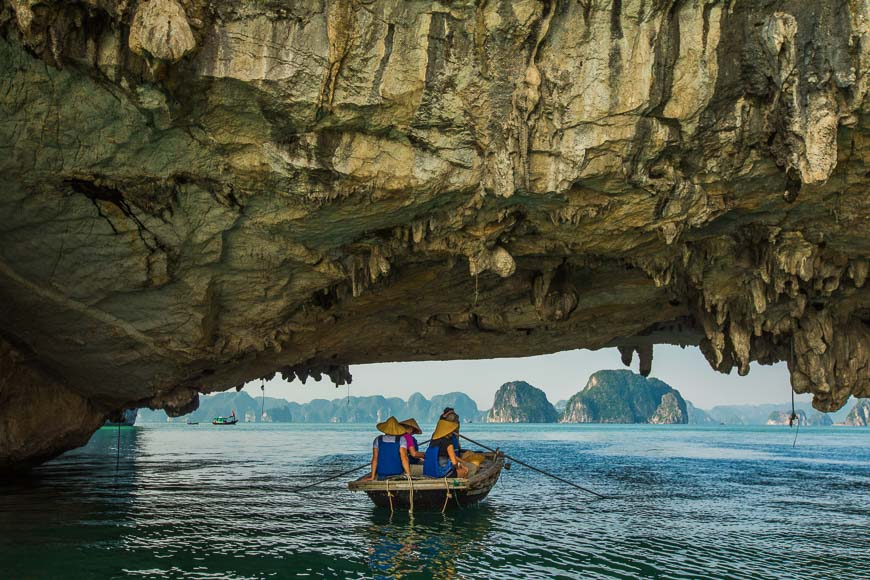
As summer rolls in globally, July and August are prime months for soaking up the sun on Vietnam’s stunning beaches. During this time, travelers flock to coastal cities like Danang, Nha Trang, and Phu Quoc to bask in the warm weather and relax on golden sands. However, nature brings beauty and challenges; these months come with a few considerations for visitors.
Weather Bliss for Beach Enthusiasts
July and August provide the perfect conditions for beach lovers who crave clear skies and warm waters. The central coastline offers delightful sunshine, making it an ideal backdrop for swimming, sunbathing, and various water sports. As the temperature rises, tourists can enjoy engaging activities such as snorkeling or surfing, with endless opportunities for relaxation by the shore.
Additionally, the summer heat draws many domestic and international tourists to the beaches, creating a lively atmosphere filled with energy and excitement. Vibrant beach parties, culinary festivals, and cultural events take center stage during this peak season. Travelers can indulge in fresh seafood, sip cocktails while watching sunsets, and dance the night away under the starry sky.
Challenges of High Season Crowds
While July and August present fantastic beach weather, they also coincide with the high season, which means crowds are to be expected. Popular resorts and hotels often fill up quickly, leading to increased prices and limited availability. It is advisable to book accommodations well in advance to secure your spot on the beach.
Moreover, popular tourist spots can become overcrowded, diminishing the tranquility many seek in a beach getaway. For those who prefer a more serene experience, consider exploring lesser-known beaches or picturesque islands during this bustling time. Destinations like Quy Nhon, Con Dao, or Cham Islands can provide a refreshing escape from the throngs of tourists while still offering stunning natural beauty.
Cultural Festivities to Enhance Your Experience
Amidst the summer fun, cultural festivities add another layer of richness to your beach holiday. Trung Nguyen, known as Wandering Souls Day occurs in August. This unique celebration involves families preparing lavish food spreads to honor their ancestors, leading to beautiful displays at pagodas and temples. Participating in or observing local traditions provides deeper insight into Vietnamese culture, enriching your overall experience.
With summer in full swing, don’t miss the opportunity to explore some of Vietnam’s vibrant festivals during these months. The cultural scene bursts with life during July and August, from lively music and dance performances to art exhibitions and food fairs. Whether you’re joining in the celebrations or simply enjoying the festive atmosphere, you’ll undoubtedly create lasting memories along the coast.
December to March is the season to visit Hanoi and Ho Chi Minh City (HCMC)
As the tropical warmth gives way to cooler temperatures, December to March is an inviting window for exploring Vietnam’s bustling capitals—Hanoi and Ho Chi Minh City. The transition into winter offers unique opportunities for travelers seeking to absorb the culture, history, and flavors of these vibrant cities.
Perfect Climate for Urban Exploration
During this period, temperatures in Hanoi and Ho Chi Minh City become pleasantly mild, providing excellent conditions for outdoor exploration. Strolling through the streets lined with colonial architecture, historical landmarks, and bustling markets becomes enjoyable without the oppressive heat or humidity. The cool breeze makes long walks through local neighborhoods a delight, allowing visitors to truly immerse themselves in the city’s rhythm.
Further south, the warm climate in Ho Chi Minh City invites exploration of its iconic attractions, including the War Remnants Museum, Notre Dame Cathedral Basilica, and Ben Thanh Market. Seasonal events and festivities add an extra layer of charm to city visits. Street food tours become particularly attractive during this comfortable weather, allowing you to savor the delicious tastes of Vietnamese cuisine without the sweltering heat.
Ideal Time for Mekong Delta Adventures
From December to March, the dry season is also an opportune time for journeys into the Mekong Delta. Flowing canals, vibrant floating markets, and rural landscapes await exploration. As the climate remains favorable, travelers can hop on a boat tour to witness the daily lives of locals and sample exotic fruits and dishes unique to this region.
In addition to river adventures, cultural experiences abound in the Mekong Delta. Traditional music performances, homestays, and ethnic village tours offer insights into the rich tapestry of Vietnamese life. Engaging with local communities fosters a deeper appreciation for the unique customs and traditions that define this captivating country.
A Time for Celebration and Reflection
Highlighting December through March, the Tet festival—the Vietnamese Lunar New Year—takes center stage. Celebrated with great fervor, this significant holiday ushers in the new year with spectacular decorations, family reunions, and elaborate feasts. While travel logistics may become challenging due to price hikes and increased demand, experiencing Tet in Vietnam is a once-in-a-lifetime cultural immersion.
Christmas also holds special significance, particularly in cities with a strong Catholic presence. Elaborate decorations and midnight mass celebrations draw locals and tourists alike, creating a festive atmosphere in places like Hanoi and Ho Chi Minh City. The cool weather, coupled with the joyous spirit of the season, makes for memorable street strolls and culinary explorations.
Visit from April to June and September to November to avoid the crowds
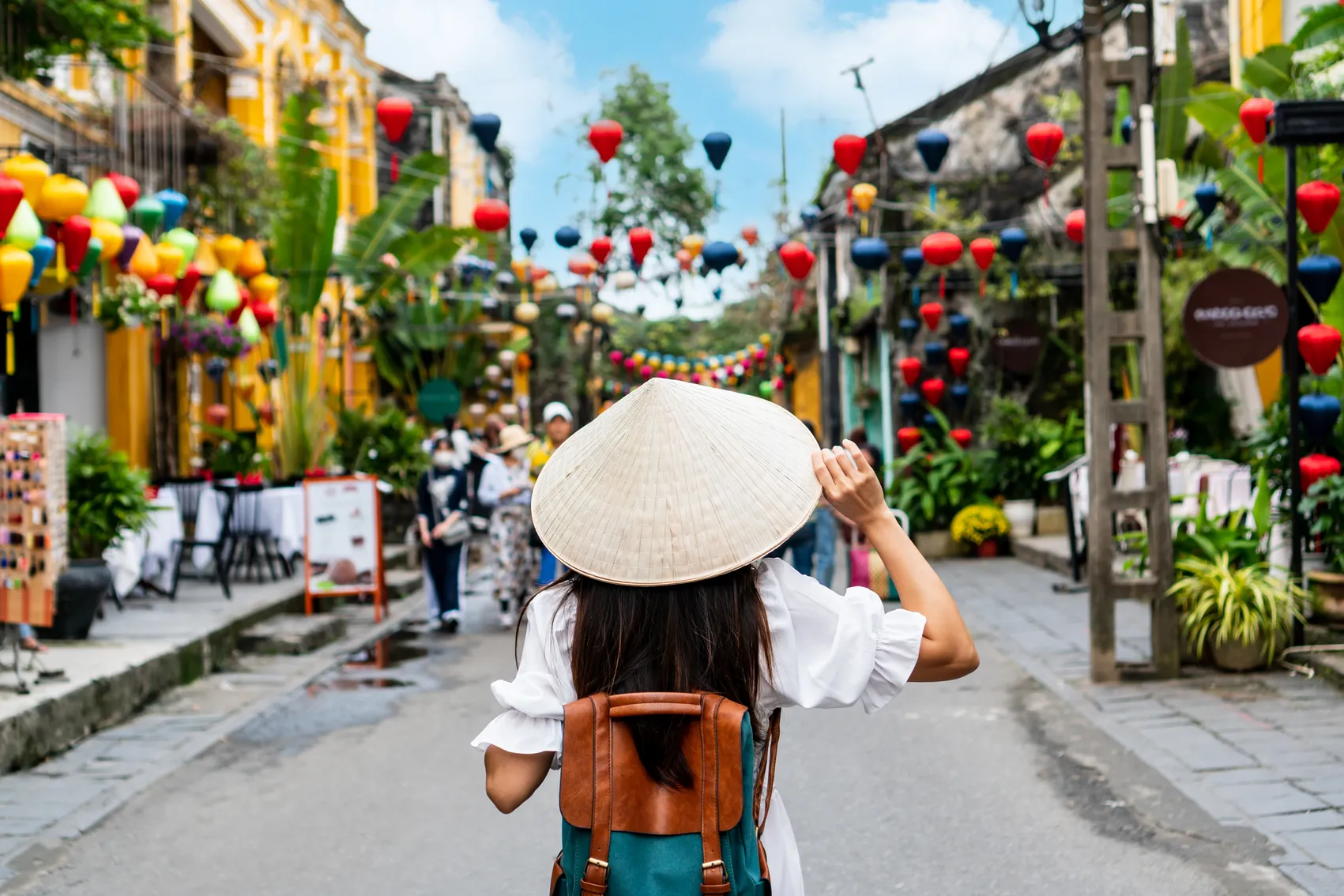
For those seeking a balance of pleasant weather and fewer crowds, visiting Vietnam during the transitional months of April to June and September to November is a wise choice. These shoulder seasons offer unique benefits for travelers looking to explore the country’s rich offerings without the hustle and bustle of peak tourism.
An Invitation to Explore with Fewer Tourists
Visitors can enjoy a less crowded experience at major attractions by traveling in the shoulder seasons. Whether it’s strolling through the ancient town of Hoi An, marveling at the karst formations in Halong Bay, or exploring the Cu Chi Tunnels near Ho Chi Minh City, having fewer tourists around allows for a more intimate connection to the sights and sounds of Vietnam.
Moreover, accommodation costs tend to be lower during these periods, allowing travelers to save money while still enjoying quality lodging. Budget-conscious adventurers can find hidden gems, boutique hotels, and charming guesthouses without breaking the bank.
Enjoying Nature’s Transition
April to June marks the transition from the dry season to the onset of summer, yielding vibrant landscapes and a burst of colors. Rice terraces in Sapa transform beautifully as seeds sprout and the fields turn lush green. The mild weather there makes trekking a joy, allowing nature enthusiasts to explore trails and soak in breathtaking views without enduring extreme temperatures.
On the other hand, September to November brings an equally captivating scenery, as the rice harvest season showcases golden fields ready for gathering. Travelers are often treated to picturesque landscapes that make photography an absolute delight. The mild temperatures encourage outdoor activities, from biking through countryside roads to hiking scenic hills.
Cultural Festivals and Events Await
Shoulder seasons also present opportunities to immerse yourself in Vietnam’s vibrant culture. Various festivals and events highlight local traditions, showcasing the best of Vietnamese arts, crafts, and flavors. The Hue Festival, held in April, transforms the historic citadel into a lively celebration of music, dance, and colorful parades.
Nha Trang’s Sea Festival in June invites beachgoers to indulge in local seafood, exciting games, and cultural performances. Meanwhile, as autumn approaches, celebrations related to the Mid-Autumn Festival in September bring families together for mooncake sharing and lantern lighting, marking a beautiful cultural experience.
Visiting Vietnam during the typhoon season
Vietnam’s geographical diversity exposes it to seasonal weather patterns, including the occasional typhoons that sweep in from the ocean. While this may seem daunting, traveling during typhoon season (typically from August to October) can also yield distinct advantages for adventurous travelers willing to embrace the unpredictability.
Understanding the Typhoon Patterns
Typhoons are intense storms characterized by strong winds and heavy rainfall, primarily affecting Vietnam’s northern and central coasts. While these weather events can disrupt travel plans, they typically do not last long. Learning when and where to expect storms can help mitigate risks and lead to alternative itineraries.
During the typhoon season, southern regions like Ho Chi Minh City and the Mekong Delta remain relatively unaffected, making them ideal destinations for warmer weather and cultural exploration. Traveling to these areas during typhoon alerts in the north can allow for immersive experiences in vibrant city life and lush countryside.
Unique Opportunities Amidst the Storms
Despite the potential disruptions caused by typhoons, the off-peak season often results in lower prices for flights and accommodations. Adventurers who navigate unexpected weather can benefit greatly from budget-friendly travel options, allowing more flexibility in their itinerary.
Additionally, the aftermath of a storm can leave behind breathtaking landscapes. Lush greenery thrives after rain, enhancing the natural beauty of Vietnam’s terrain. Coastal regions may feature dramatic waves crashing against the shore, resulting in stunning photography opportunities for those who dare to brave the elements.
Safety Considerations for Travelers
Travelers considering a trip during typhoon season should prioritize safety first and foremost. Equip yourself with vital information regarding weather updates, emergency contacts, and backup plans. Familiarize yourself with local resources and stay adaptable to changes in your itinerary.
Visiting Vietnam during this season may necessitate careful planning, but the rewards include a unique perspective on the nation’s resilience and adaptability in the face of nature’s challenges. Those who embrace the adventure may find unforgettable experiences rarely sought by typical tourists.
Conclusion
Navigating the best times to visit Vietnam ultimately depends on individual preferences and desired experiences. Whether your heart pulls you toward the sandy beaches during peak summer months or the milder climates of the cooler seasons, each time of year holds its charm and highlights.
From indulging in vibrant festivals to exploring breathtaking natural wonders, Vietnam offers something for everyone, regardless of the month. By understanding seasonal variations and planning with purpose, you can embark on a journey that captures the essence of this remarkable country. So pack your bags, choose your season wisely, and let the magic of Vietnam unfold before you!
